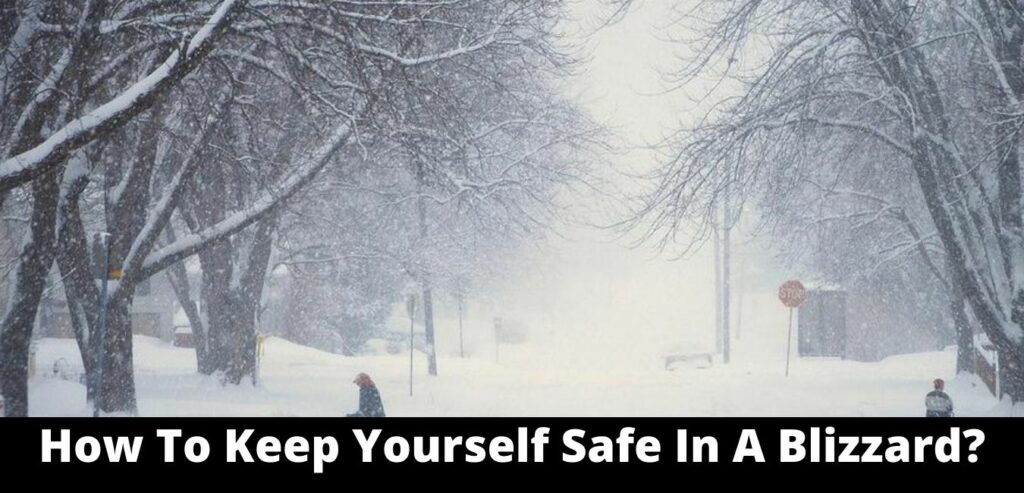According to National Weather Services, a Blizzard must have large amounts of falling or blowing snow, winds greater than 56kph, and low visibility (less than 0.4km) for a period of 3 hours at least. If there is no falling snow, but the snow from the ground has blitz in the form, it is called a ground blizzard.
They are quite a dangerous form of weather pattern, which requires serious alertness and protocol to survive. They give rise to extreme driving conditions, where poor visibility and strong winds make the job even more difficult. It makes it harder to navigate and can cause fatal accidents as well. Therefore it is least advised to venture out during such time in a car, let alone exposed as it can also lead to hypothermia and frostbites.
Make sure you check for weather updates of not only the destination but along the entire route before starting on a journey if you are planning your travel to a place that might frequent blizzards that time of the year. In case a storm of such a nature is expected it is advisable to delay the plans.
On the issue of the relevant apparel for a blizzard/ heavy snowstorm, American Red Cross advises to “wear layered clothing, mittens or gloves, and a hat. Outer garments should be tightly woven and water repellent. Mittens or gloves and a hat will prevent the loss of body heat.” If stuck outdoors, they advise upon talking bare minimum to prevent the frigid air entering the body, and to exercise breath control. Everything to minimize loss of body heat must be adopted, and to avoid incoming of cold air.
A recommended safety kit for the purpose should be kept handy with utilities, as the storm may be lengthy and one may be trapped from hours to days.
Read More: The Memorable Northern California Storm Resurrected Yosemite’s Cascades
The Kit Should Ideally Include
A big bottle of water and some canned food; Flashlight; Jumper Cables; Road Salt and Road Flares; Shovel; A Thick Thermal Blanket. One should turn on the motor for a few minutes each hour for heat as well.
In a mild blizzard, you can attempt to rescue the vehicle being stuck in the snow with road salt and shovel, however, if the conditions seem perilous one should simply wait in their vehicle and use road flares to draw attention and call for help.
Read More: Bomb Cyclone: West Coast Weather Phenomenon Explained!!

